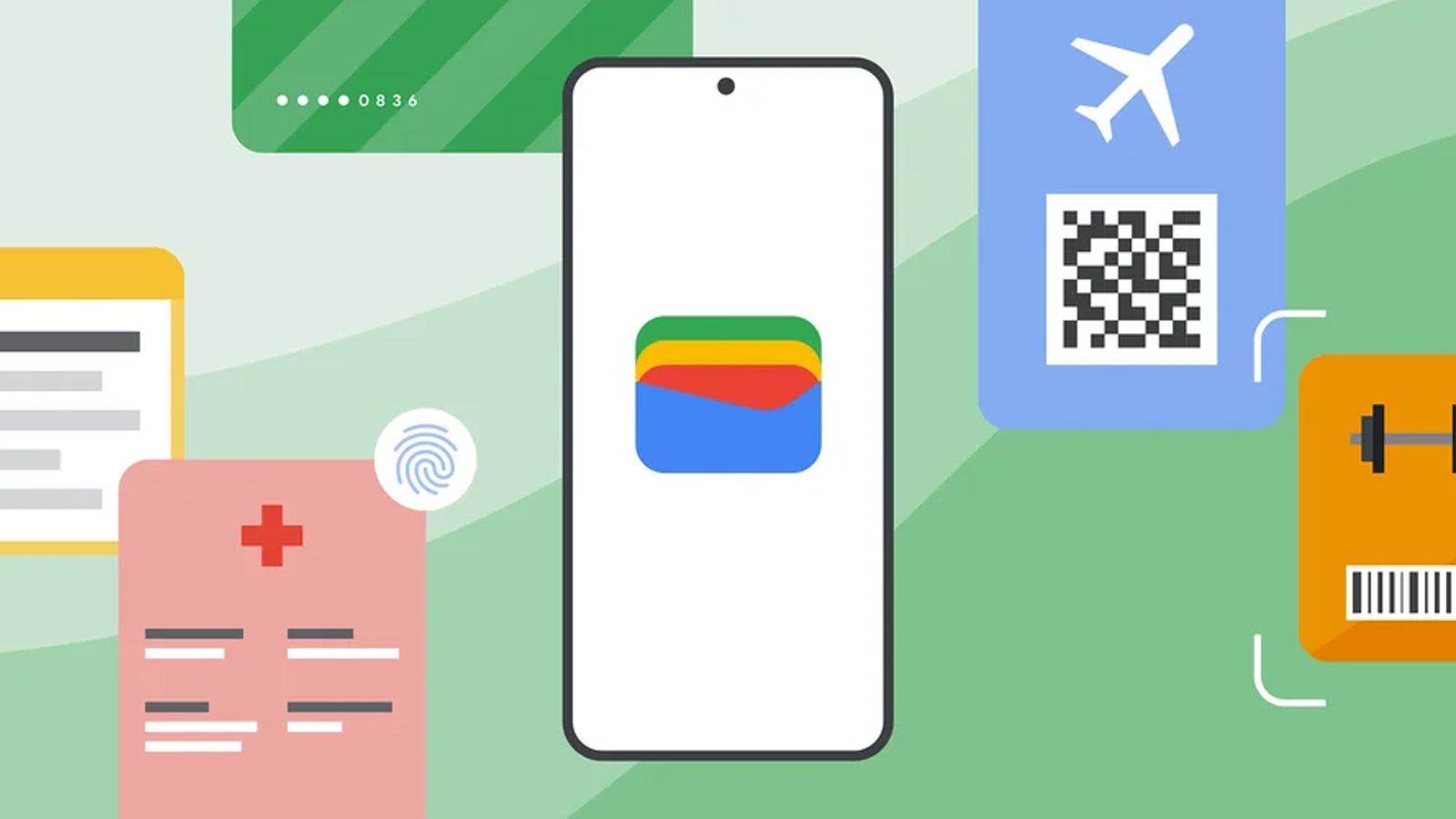Google has introduced a new app to the Indian market: Google Wallet. This digital wallet app offers a convenient way to store and access essential documents and passes, streamlining your daily life. But with Google Pay already established as a popular payment platform in India, many users are wondering – what exactly is Google Wallet, and how is it different from Google Pay? Let’s delve into everything you need to know about using Google Wallet in India.

What is Google Wallet?
Think of Google Wallet as your virtual organizer for everyday essentials. Unlike Google Pay, which focuses on digital payments, Google Wallet is designed to store non-payment-related items. This includes:
- Flight boarding passes: Traveling soon? Google Wallet allows you to securely store your boarding passes from airlines like Air India, Air India Express, and Indigo. Pixel users can even add passes simply by taking a screenshot!
- Cinema and event tickets: No more scrambling for paper tickets! Save your movie tickets from PVR and INOX cinemas or event tickets purchased through platforms like BookMyShow directly within Google Wallet for easy access.
- Bus tickets: Traveling by bus? Google Wallet partners with services like Kochi Metro, Hyderabad Metro, VRL Travels, and Abhibus to make storing your bus tickets a breeze.
- Brand loyalty cards: Manage your loyalty points and gift cards from popular brands like Flipkart (SuperCoins), Dominos, Shoppers Stop, and more directly within Google Wallet. Program facilitators like Pinelabs, EasyRewardz, and Twid are also supported.
- Essential credentials: Google Wallet goes beyond entertainment and travel. Securely store important documents like student IDs, membership cards, or even vaccine certificates (where applicable) for quick access when needed.
- And more: The list of supported services is constantly expanding. Google Wallet also allows you to add any document containing a barcode or QR code, such as luggage tags or parking receipts.
How to Use Google Wallet in India
Currently, Google Wallet is only available for Android users in India. Here’s how to get started:
- Download the App: Head to the Google Play Store and download the Google Wallet app. Pixel users will have the app pre-installed.
- Sign In: Use your existing Google account to sign in to Google Wallet.
- Add Your Essentials: Once logged in, you’ll see options to add various items to your wallet. You can either manually search for supported services or scan QR codes/barcodes from existing tickets or loyalty cards.
- Smart Personalization (Optional): Enable “smart personalization” within your Gmail settings to allow Google Wallet to automatically scan your emails and add relevant tickets and reservations to your wallet for easy access.
Google Wallet vs. Google Pay: Understanding the Differences
With both Google Wallet and Google Pay available, it’s natural to wonder about the distinction between the two. Here’s a breakdown of their key functionalities:
- Google Pay: This remains your go-to app for all digital payment needs in India. Use Google Pay for UPI transactions, contactless payments via NFC, sending and receiving money, and managing bills.
- Google Wallet: This app focuses on storing and managing non-payment essentials like boarding passes, event tickets, loyalty cards, and documents. While Google Wallet can store credit and debit cards internationally, this feature is currently unavailable in India.
Google Wallet: A Work in Progress with Potential
While Google Wallet offers a convenient way to organize your daily essentials, it’s important to note that it’s still in its early stages in India. Some limitations exist:
- Limited Payment Functionality: As mentioned earlier, Google Wallet currently doesn’t support storing payment methods in India.
- Partnerships: While Google has partnered with several brands for loyalty cards and transit tickets, the selection might not encompass all your needs yet.
The Future of Google Wallet in India
Despite these limitations, Google Wallet holds immense potential. Google is actively working on expanding partnerships with brands and services to enhance its functionality in India. We can expect to see:
- More Supported Services: Google is likely to partner with additional airlines, ticketing platforms, loyalty programs, and public transport services, offering users a wider range of options for storing essentials.
- Integration with Google Pay: While the apps currently function independently, future updates might introduce seamless integration between Google Wallet and Google Pay, creating a more unified digital ecosystem.
Frequently Asked Questions:
Q: Is Google Wallet replacing Google Pay?
A: No, Google Wallet and Google Pay are separate apps with distinct functionalities. Google Pay remains your primary platform for digital payments in India, while Google Wallet focuses on storing and managing non-payment essentials.
Q: Can I store credit and debit cards in Google Wallet in India?
A: Currently, Google Wallet in India does not support storing credit or debit cards for payment purposes. This feature is currently available in other regions but not yet enabled in India.
Q: Where can I find a list of supported services for Google Wallet in India?
A: Google doesn’t currently maintain a public list of supported services. However, you can explore options directly within the Google Wallet app. Supported services typically have a “Save to Wallet” option available during the booking or registration process.
Q: What happened to my Google Pay boarding passes and tickets?
A: Currently, Google Pay doesn’t have a dedicated section for storing boarding passes or event tickets. With the launch of Google Wallet, it’s recommended to transfer these items to your Google Wallet for better organization and easier access.




